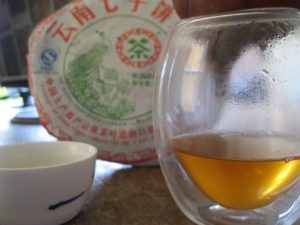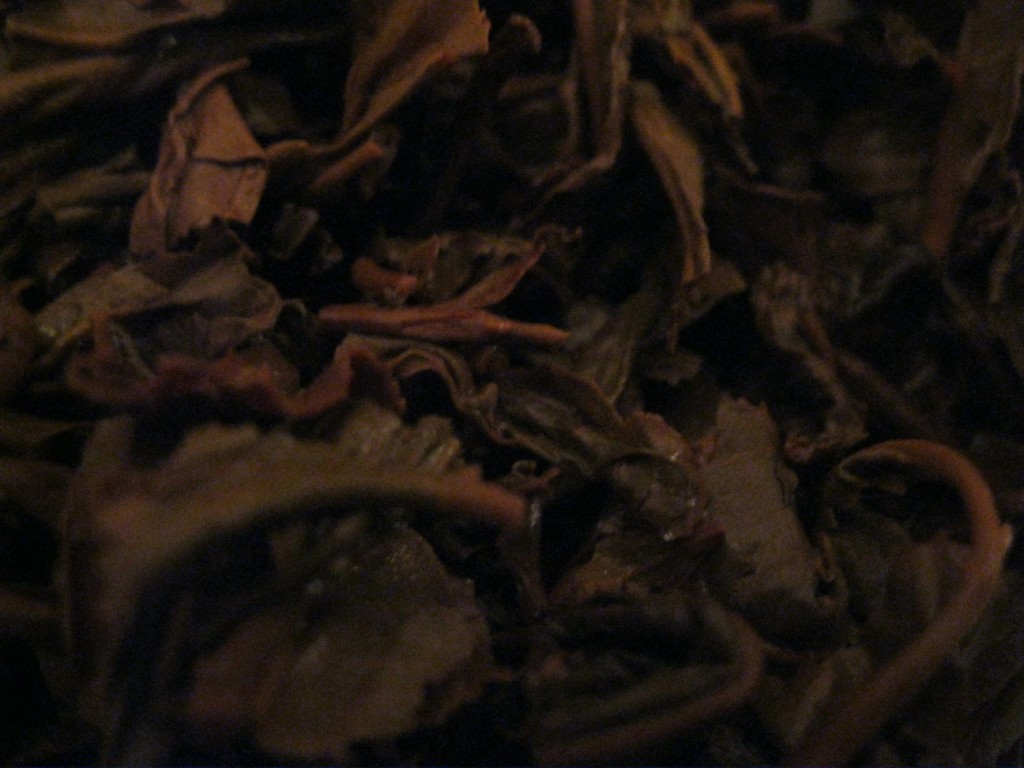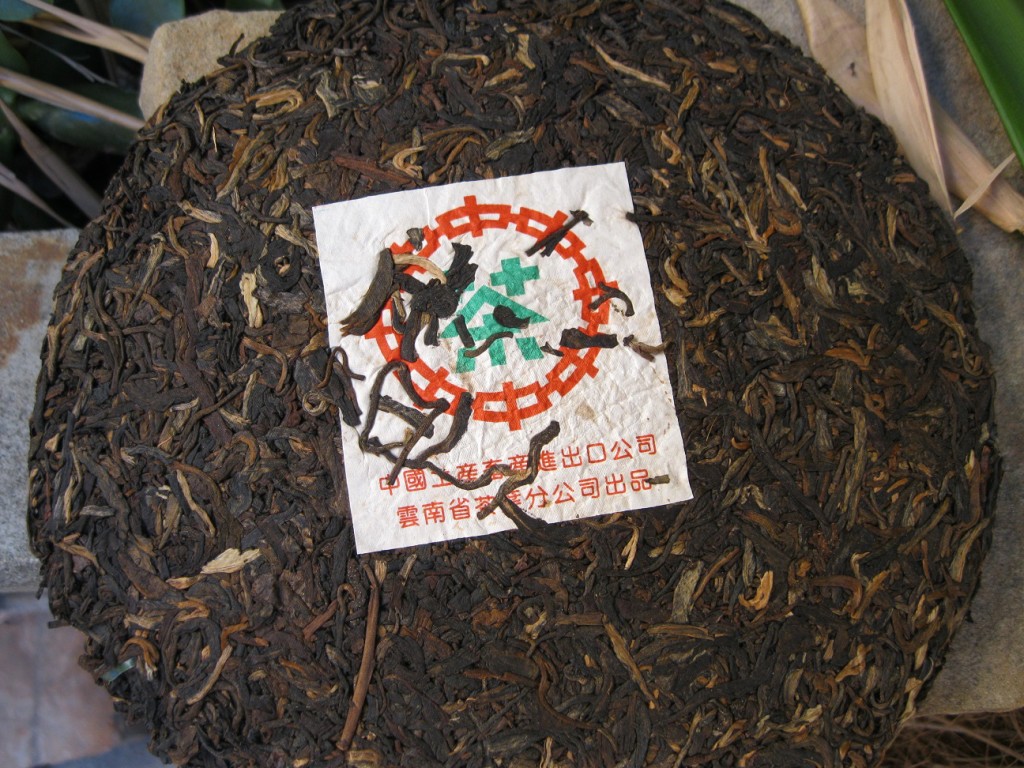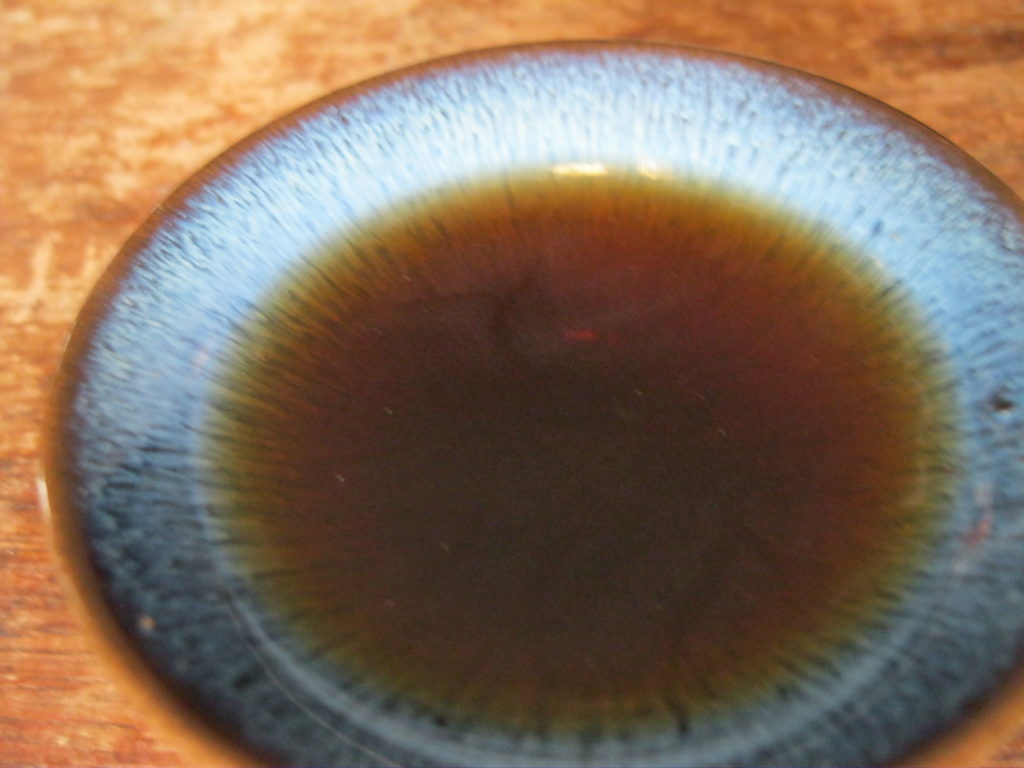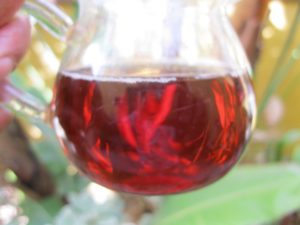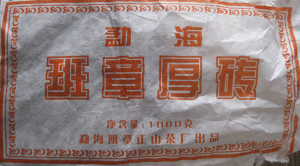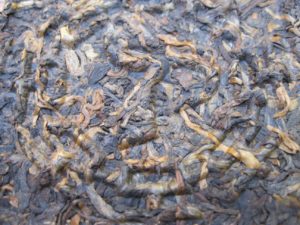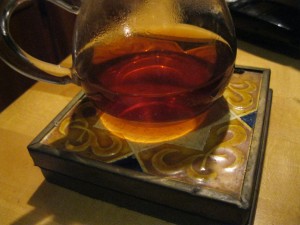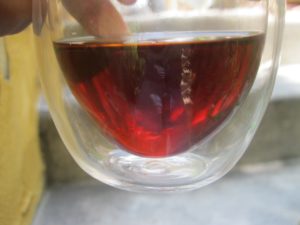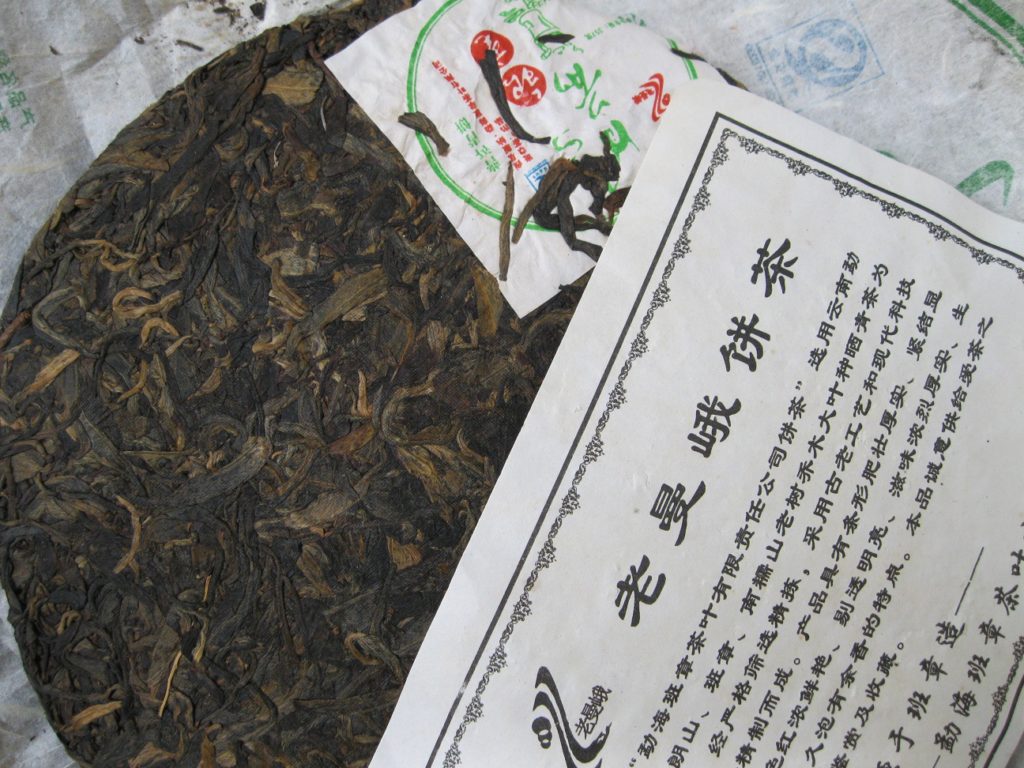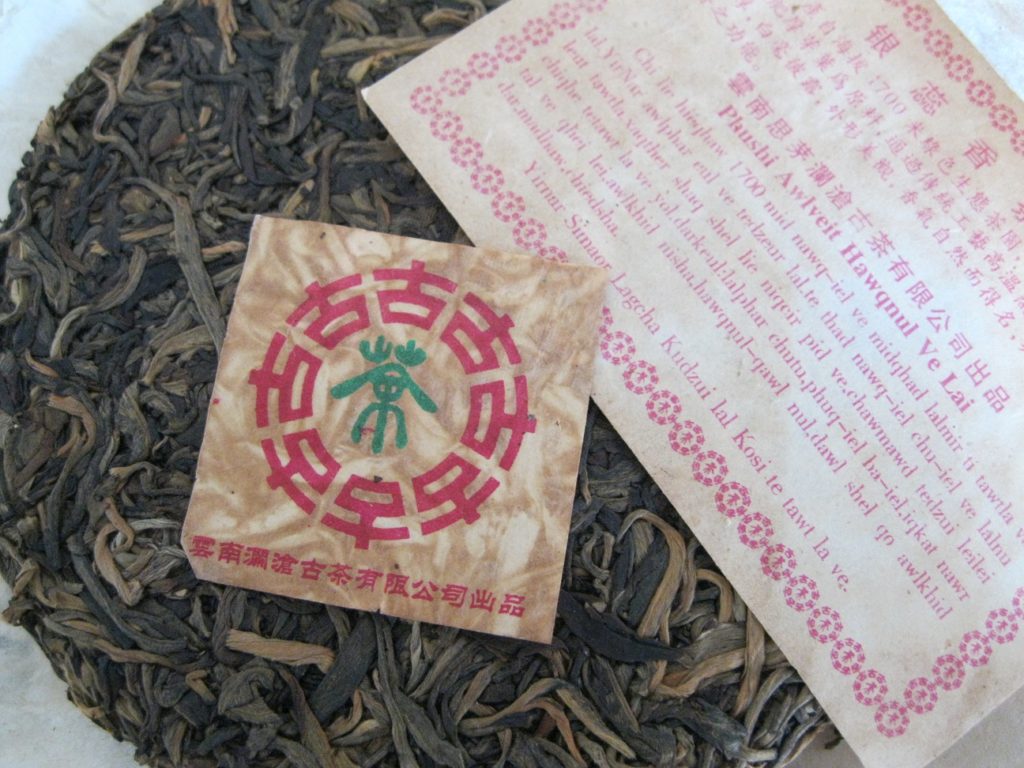’07 Bada(zz), CNNP
The ’07 Bada(zz) arrived in April ’18. It’s already changed quite a bit from a mainly minerally taste to minerals and old daisies. The taste is quite similar to ’05 Glee, with similar astringency though possibly sweeter. The after taste of rocky sweetness hangs on in the mouth for quite a spell.
In contrast to the ’12 Cherry Blossom, there are no smoky notes to the Bada(zz). I recently visited the Cherry Blossom and I notice quite a bit of green apple in there too. There’s no hint of any fruit in the Bada(zz). Maybe the aroma is a bit fruity but it strikes more like honey.
Another similarity with ’05 Glee is the taste of grains, evocative of Wheaties. This is only evident in productions that have a few years under their belt. It seems like there may be some camphor notes trying to sneak through, something to watch for as it continues to age.
A final curiosity is that this cake bucks the trend of the time toward extreme pressing, unlike the ’07 LME Spring Puerh, which must have set a record for compression density. Even though the Bada(zz) is pressed densely, it’s not excessive and the material flecks of with relative ease.
Oh yeah, this is Mt. Bada material. Possibly only the second I’ve tried by name.

